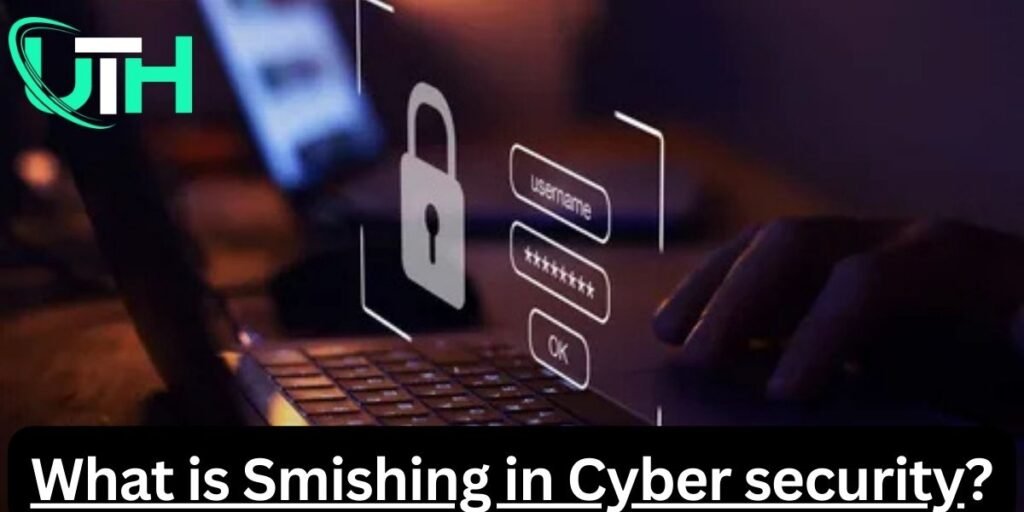Smishing, a combination of “SMS” and “phishing,” is a cybersecurity threat where attackers use text messages(SMS) to trick victims into sharing private and important information. It is a highly dangerous activity often disguised as messages from trusted entities like banks, delivery services, or government agencies.
The primary goal of smishing in cybersecurity is to steal or hack personal data, including bank details, login credentials, and credit card information.
How Smishing Works in Cybersecurity
Cybercriminals send fraudulent text messages that appear to be from authentic sources, such as banks, delivery services, or government agencies. These messages often create a sense of urgency or fear, urging recipients to take instant action. Common tactics include:
- Fake delivery notifications: Claiming a delivery issue and asking the recipient to click a link to resolve it.
- Phony bank alerts: Warning of suspicious activity and directing the recipient to a fake website to verify their account.
- Urgent requests for personal information: Offering prizes or threatening account closure, demanding sensitive details.
Real-World Examples of Smishing Attacks
- Banking Smishing Attack
Example: “Your bank account has been temporarily suspended. Click here to resolve: [link].” - Delivery Scams
Example: “Your package is on hold due to incorrect address information. Update now: [link].” - Fake Prize Notifications
Example: “You have won a $500 gift card. Claim your prize here: [link].”
Protecting Yourself from Smishing Attacks
- Be Suspicious of Unexpected Messages: Verify the sender’s identity before clicking any malicious links or providing information.
- Never Click Links in Suspicious Texts: Type the website address directly into your browser instead.
- Enable Two-Factor Authentication: Add an extra layer of security to your accounts.
- Report Suspicious Texts: Forward them to your carrier and relevant authorities.
By understanding the tactics employed in smishing attacks and taking proactive steps to protect yourself, you can significantly reduce your risk of falling victim to this cyber threat.
Why Smishing is a Growing Threat in Cybersecurity
With the increasing dependency on mobile phones, smishing in cybersecurity poses a significant risk. Text messages are perceived as more personal and trustworthy than emails, making smishing attacks more effective.
By understanding how smishing in cybersecurity works and adopting preventive measures, individuals and organizations can stay protected against these sophisticated cyber threats.
Discover More
Scammers Target Toll Road Drivers with Smishing Scam Via Text Messages
